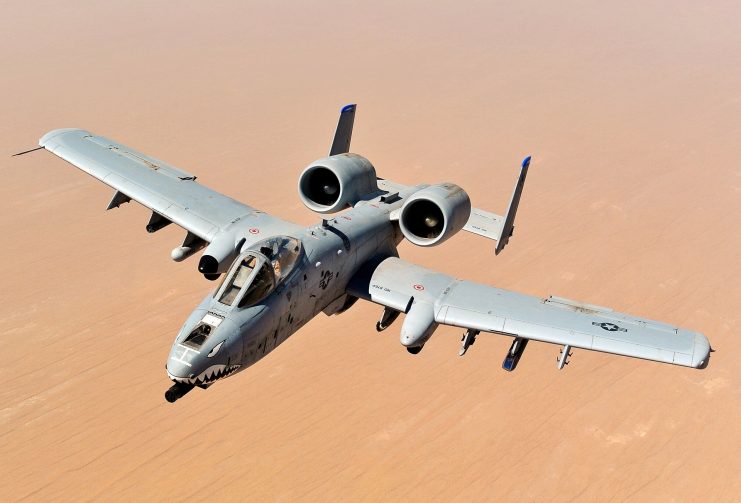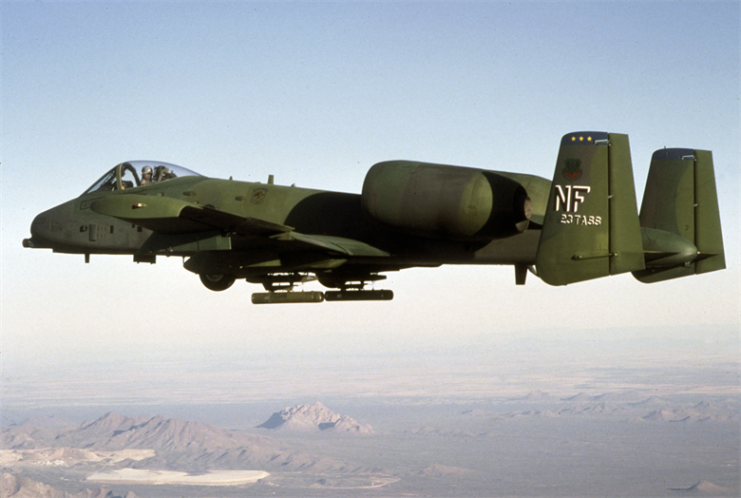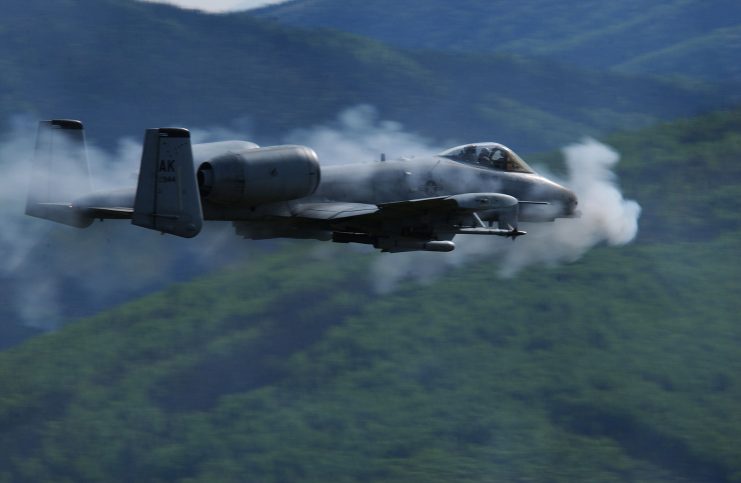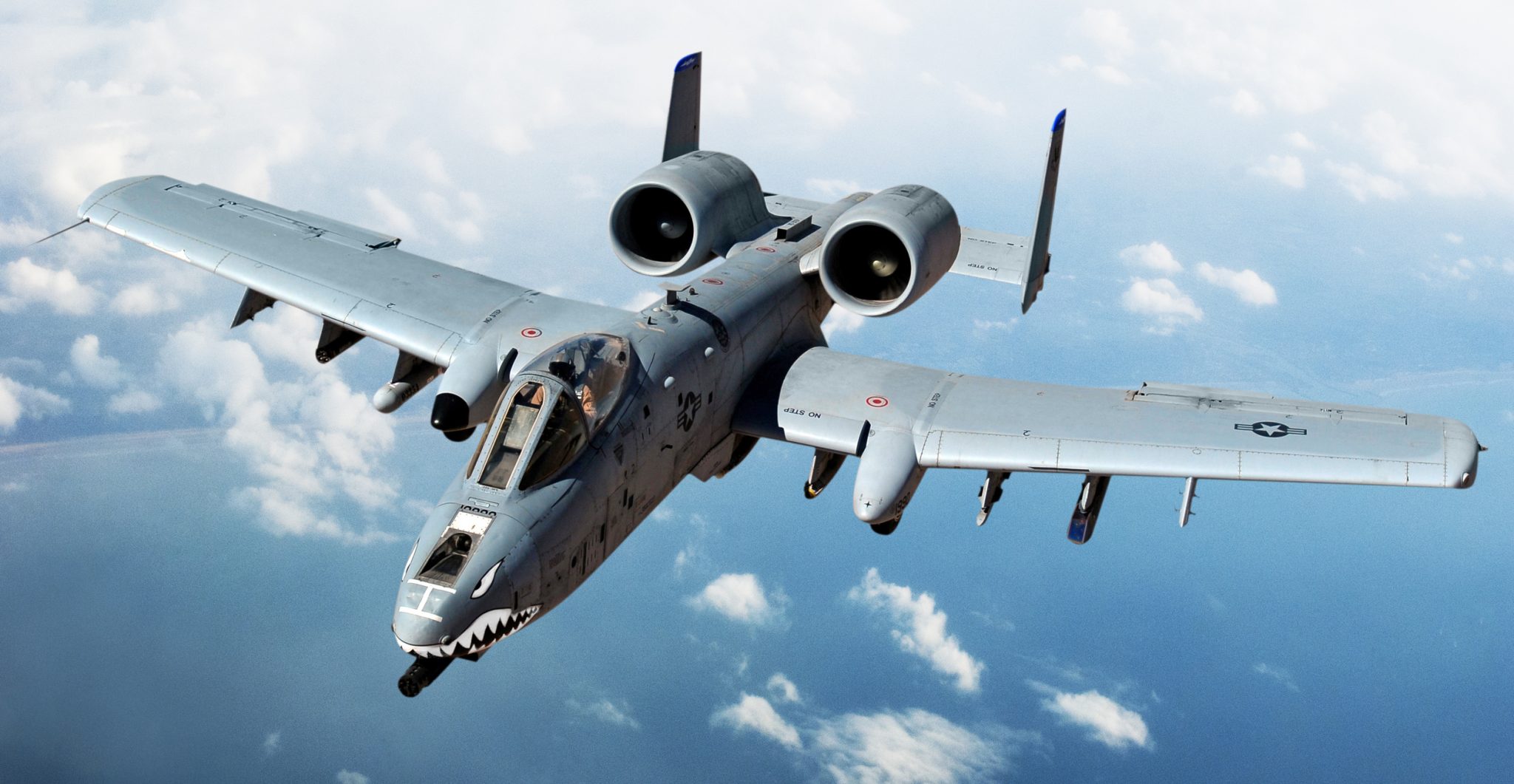When did the Thunderbolt II aircraft get the affectionate nickname “warthog” That’s a legendary military take, but in spite of the derisive moniker, the massive, noisy flying beasts, equipped with Gatling guns, are a favourite of pilots and Air Force officials alike. The A-10 Warthog has been part of the United States Air Force (USAF) fleet since 1976.
The Warthogs have been a mainstay of the United States Air Force (USAF) for decades, but they’ve been in desperate need of upgrading for well over 10 years.
The planes have not had any new aircraft added to their ranks for years, but perhaps more pressing is the fact that Boeing, manufacturer of them, had been given no infusion of cash for improvements in many years.

The U.S. Congress was dragging its feet over the price tag of those improvements for ages, so much so that the A-10 Warthogs’ future seemed very much in doubt. Finally, however, some of the planes have been given new wings, thanks to a massive bill signed into law by U.S. president Donald Trump.
Consequently, Boeing was granted permission to “re-wing” 173 of the A-10 Warthogs, formally called the 283 – A10 Thunderbolt II.
In April, the Air Force commissioned Boeing to undertake the task as part of an expenditure of almost $270 million that was devoted to improving the and modernizing the planes. The project was part of a large contract Boeing received from the USAF that carried a price tag of $1.1 billion.
In Utah, the Ogden Air Logistics Complex handled the Warthogs; in South Korea, it was the Osan Air Base that installed the new wings.

No new A-10s have been built since the mid-1980s, but the plane is still much loved by military and air force personnel alike. In 2016, General Herbert Carlisle said he would gladly have the planes deployed in the fight against terrorism.
He told Popular Mechanics, “I have A-10s and I will use them, because they are a fantastic airplane and their guys and incredibly well-trained, and they do fantastic work in support of the ground war fight.”
When the A-10 Thunderbolt was proposed, the Air Force knew it finally had a plane designed specifically for the task at hand. According to the U.S. military website “About Us/Fact Sheet,” the A-10 Warthog accomplished several ‘firsts’: not only do they help ground troops, the fact sheet says, “they are simple, effective, and survivable twin-engine aircraft that can be used against all ground targets, including tanks and other armoured vehicles.

“It has manoeuvrability at low air speed and altitude,” the website continues, “…(and it) can operate in low ceiling and visibility conditions…using night goggles, pilots can conduct their missions during darkness.”
Military lore has it that when pilots got their first glimpse of the A-10 Thunderbolt II they thought it so ugly that one of them nicknamed it “Warthog.” Who that pilot precisely was has gone down in anonymity, but there is little question that the plane looks like a lumbering, clumsy oaf when on the ground.
But when in the sky – where it really matters – the Warthog is an effective killing machine, and gives support to the men fighting a war on the ground.
Another Article From Us Now Open: The First Underwater Veterans Memorial For Divers
What remains to be seen now is whether Congress will continue to pony up for continued improvements to these beloved, if ugly, aircraft to keep them as a mainstay fighter plane of the U.S. Air Force.
